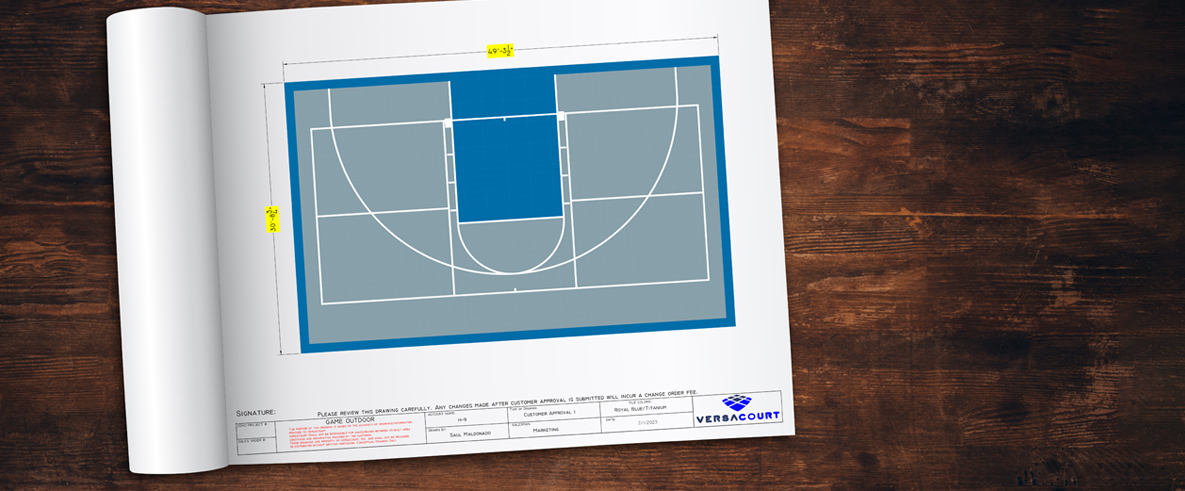

Interlocking Garage Floor Tiles

For sports enthusiasts and families who enjoy staying active, a home basketball court can be a valuable addition to their property. Whether it's for casual play, skill development, or simply enjoying some quality time outdoors, a home basketball court can offer a myriad of benefits. However, before embarking on the exciting journey of building your own court, it's important to understand the permits and legal considerations that come with such a project. This article provides a high-level overview of what homeowners need to expect when considering the construction of a home basketball court.
Building a home basketball court can be a rewarding project that enhances both the value of your property and your quality of life. However, navigating the legal landscape of permits and regulations is an essential aspect of ensuring a smooth and successful construction process. By familiarizing themselves with local zoning codes, obtaining necessary permits, and considering factors such as property boundaries and environmental impacts, homeowners can confidently embark on the journey of creating their very own home basketball court.